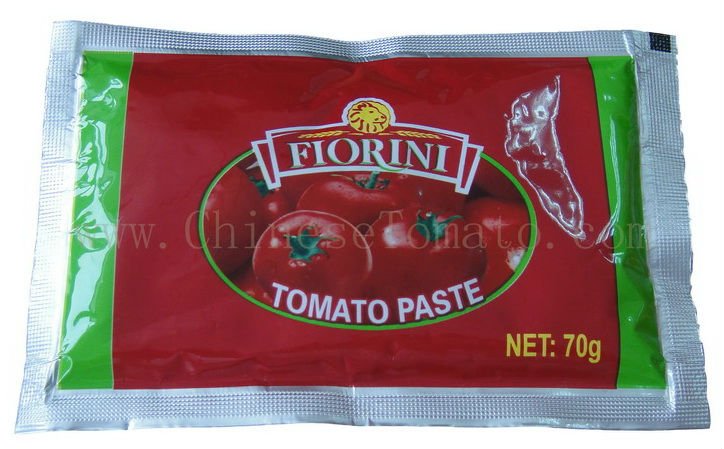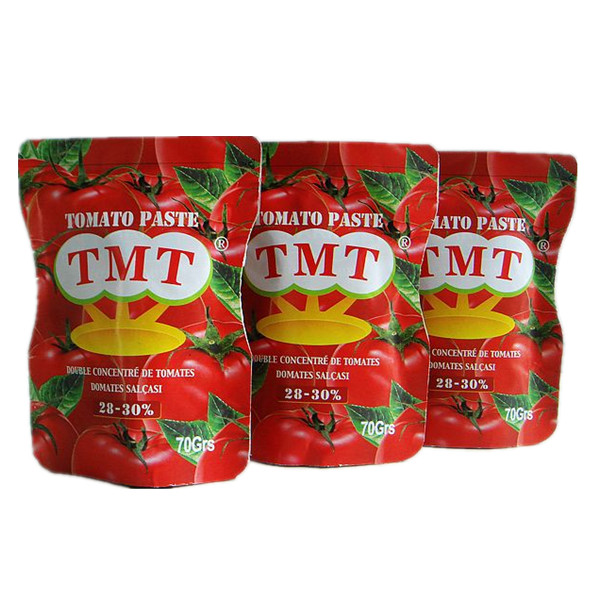Occurrence and Control of Viral Diseases in Hybrid Seed Production of Cabbage
In recent years, the occurrence of viral diseases has become a serious disease that restricts the high yield performance of cabbage seed production. According to the investigation in Xingtai, the incidence rate is above 30%, and the incidence of field crops can reduce production by 20% to 40%. To this end, according to the results of investigations and studies in recent years and with reference to relevant data, the comprehensive prevention and control techniques for hybrid cabbage virus disease were analyzed and sorted out. 1. Symptoms Virus disease can occur in all stages of cabbage seed production. It is diseased at the seedling stage before winter. The affected leaves produce faded green round spots. The new leaf veins, slight mosaic leaves, and the leaves and pre-winter leafy ball become smaller, the second year spring. After the onset of colonization, the leaves were shriveled, hard and brittle, with new leaves and veins, slight mosaics, and black necrotic spots on the back of the old leaves. In severe cases, the leaf surface was deformed and veins were necrotic. Roots are underdeveloped and grow slowly. The bolting is delayed, and the moss shrinks, and the number of branches is reduced. In particular, fewer nodes are branched and the plants are dwarfed. Pedicel distortion, poor flower bud development or petal malformation, no scarring or thinning of the fruit, bending deformation; grain is not full, the germination rate is reduced. Severely reduced production, even worse before bolting die. 2. Virus disease caused by pathogenic cabbage was mainly caused by TuMV, and in some areas was caused by infection with cucumber mosaic virus (CMV) and tobacco mosaic virus (TMV). 3. Transmission routes and disease conditions Viruses are mainly transmitted through contact with aphids and sap. In addition, leaf ball cutting in the spring, cleaning up the diseased leaves, supporting the plants with wooden sticks or bamboo poles and transplanting in two fields, a field planting in the next pit (or winter Yangshuo colonization), is also the route of infection. one. In the Xingtai Cabbage Seed Production Area, the peak period of the aphid in the spring and autumn seasons coincided with the disease-satisfaction period, and when the air temperature was 15-20 and the relative humidity was below 75%, it was prone to disease. 4. Comprehensive prevention and control (1) Reasonably arrange the field crops of the hybrid Kouache cultivars, as far as possible, do not choose the fields where the former pods are cruciferous plants. Reasonable rotation will help control the source of infection of viral diseases. (2) It is very important to pay attention to the prevention and control of insect pests in the seedling stage. It is necessary to do everything possible to eliminate the locusts. In poisonous plants, especially in the spring when the temperature rises, the locusts must be prevented early. Pharmacy can use 25% anti-Huowei EC 2500 times or 50% Luanfan wettable powder 20O0-3000 times, or 20% equine EC 1500 times, or 40% omethoate 1000 times. In the flowering period, we should use the low-toxicity of the bees to reduce fog or fight against the insects. In order to improve the control effect, centralized prevention and control can be conducted before transplanting in autumn and spring fields. (3) Strengthen management of water and fertilizer Because the breeding parents are inbred lines and the viability of the offspring is poor, water and fertilizer management should be strengthened. In particular, nitrogen fertilizer should be lightly applied during the seedling stage, and phosphorus and potash fertilizers should be added in order to increase the plant's antiviral capacity. In order to prevent the temperature in the seedling stage from increasing, the growth of the roots and above-ground parts of the plants will be hindered, and the disease resistance of the plants will be reduced. Watering can be repeated several times to stabilize the ground temperature, which is beneficial to the prevention and treatment of viral diseases. (4) Prevention of contact infections In farm field operations, healthy plants and diseased plants should be carried out separately. It is best to disinfect with 0.1% potassium permanganate solution, do not knock or trample on stems and leaves, so as not to spread disease, very few plants can be removed when the disease occurs, in order to control the source of infection. For the sick and fallen leaves in the field, we must bring it out in time and move away from the system to destroy it. (5) The chemical agent can prevent 20% of toxic nemesis wettable powder 500 times, or 1.5% of epiphytic emulsion 800 times, or 83 booster 100 times, or Ns83 antiviral inducer 60 times. , Or anti-toxic agents - No. 300-400 times the liquid, or 300-500 times the resistance Wei Wei spray, spray every 7-10 days, and even spray 2-3 times, the effect is significant.
We use organic and natural raw material. For Sachet Tomato Paste. there are 50g, 56g, 70g standing sachet and flat sachet for your choice. OEM specification and brand are available. The detailed packagings are as following:
50g*100sachet/ctn, 3500ctn/20'FCL
56g*100sachet/ctn, 3260ctn/20'FCL
70g*50sachet/ctn, 4600ctn/20'FCL
70g*25sachet/box*4box/ctn, 2270ctn/20'FCL
*Related Products:Tomato Sauce pouches,Tomato Paste price ton.


Sachet Tomato Paste
Sachet Tomato Paste,Organic Tomato Paste,Sachet Packaging Tomato Sauce,Double Concentrated Tomato Paste,70g Pouch Tomato Paste,Tomato Sauce Packaging Plastic Bag
Hebei Tomato Industry Co., Ltd. , http://www.hebeitomato.com